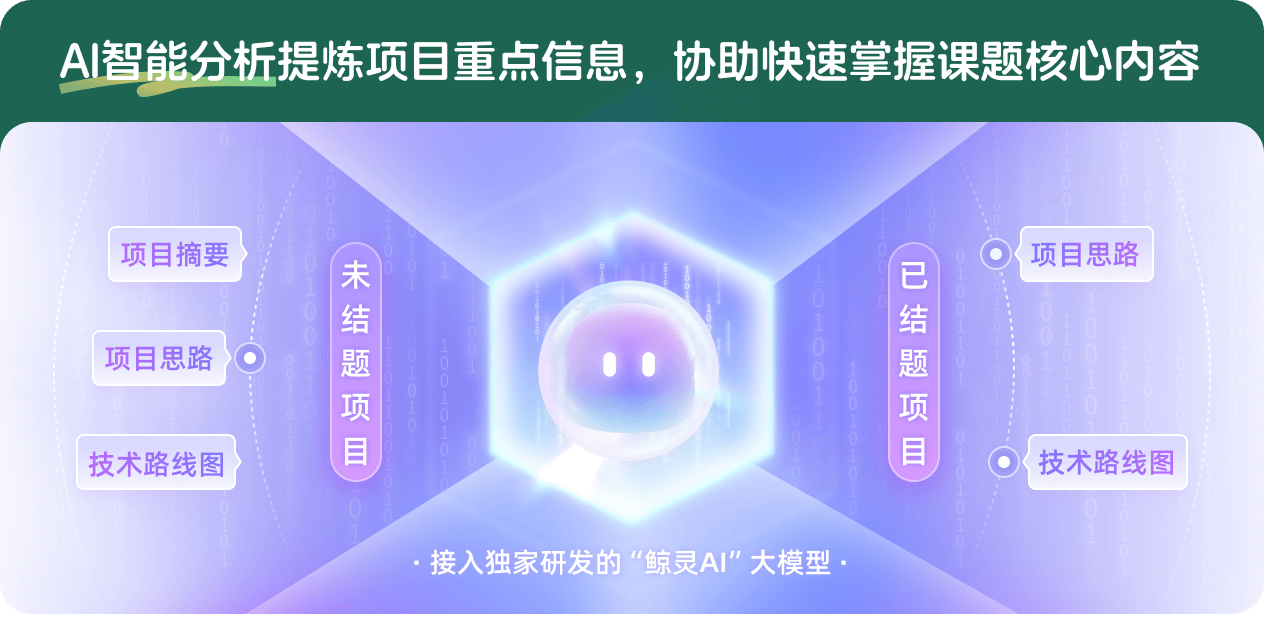芯片基膜封装的可植入酶燃料电池的构筑及反应机制研究
项目介绍
AI项目解读
基本信息
- 批准号:21808006
- 项目类别:青年科学基金项目
- 资助金额:28.0万
- 负责人:
- 依托单位:
- 学科分类:B0809.光化学与电化学工程
- 结题年份:2021
- 批准年份:2018
- 项目状态:已结题
- 起止时间:2019-01-01 至2021-12-31
- 项目参与者:郑利敏; 李轲; 王都美; 周颖燕; 胡旺延;
- 关键词:
项目摘要
At present, it's urgent to improve the output voltage of implantable enzymatic fuel cell to match the actual electronic equipment and energy-powered equipment. Although building series battery can effectively improve the output voltage, the key to implement this technology in the body is to Cut off the current loop of the positive and negative electrodes of adjacent batteries avoiding short circuit of in the enzymatic fuel cell system. This project intends to construct integrated series batteries by chip technology and select graphene with high-load enzyme as electrode materials. By packaging chip cell with positively charged nanoporous membrane, the glucose and oxygen in the substrate can selectively penetrated into electrolyzer for redox reaction, while a certain amount of electrolyte ions can be rejected to avoid short circuit current . In this way, thereby the implantable chip enzymatic fuel cell with high output voltage can be obtained. The effect of series mode in chip battery, enzyme catalysts, membrane microstructure and surface properties on the electrochemical performance will be investigated systematically. By modern analytical means and characterization methods, the transport mechanism of electron, ion inside the membrane-packaged microenvironment will be explored. This project provides a new thought and research foundation for resolving the problem of output voltage of implantable enzymatic fuel cell.
当前,可植入酶燃料电池亟待提高其输出电压以匹配实际使用的电子设备与能量输出设备。构筑串联电池可有效提高输出电压,但要在体内实现该技术的关键是截断相邻电池正负极的电流回路以避免酶燃料电池系统短路。本项目拟采用芯片技术构建集成化串联电池,以高负载酶的石墨烯为电极材料,并借助荷正电纳米孔膜封装芯片基电池,使体内底物中的葡萄糖和氧气选择性地渗透到电极槽内并发生氧化还原反应,同时截留部分电解质离子避免造成短路电流,预期获得高输出电压的芯片基可植入酶燃料电池。系统考察芯片电池串联方式、酶催化剂以及膜微结构和表面特性对电化学性能的影响,借助现代分析手段和表征方法,探索膜封装的微环境内电子、离子传输机制,为解决可植入酶燃料电池的电压输出问题提供新的思路和研究基础。
结项摘要
酶燃料电池生物相容性好且能自发将化学能转化为电能,可为可植入电子器件运行提供动力。然而,受热力学影响,其输出电压仍不能满足实际使用的电子设备。本项目提出采用构筑串联的可独立运行的电池组的思路以提高输出电压,采用生物相容性良好的柔性聚合物制作一体集成化电解槽;1 mm厚的导电碳布或碳纳米管为基底固定酶催化剂,制备6*6 mm微型电极;1~1.8 nm左右的纳米孔膜对葡萄糖和氧气以及电解质离子具有较好的选择性渗透和截留。当封装成电池组时,输出电压获得了提升,证明孔可以有效的切断定向离子的流动,从而阻断相邻电极短路电流。为进一步研究可植入酶燃料电池的电压输出问题提供新的思路和研究基础。
项目成果
期刊论文数量(2)
专著数量(0)
科研奖励数量(0)
会议论文数量(0)
专利数量(0)
Three-electron reversible redox for a high-energy fluorophosphate cathode: Na3V2O2(PO4)(2)F
高能氟磷酸盐阴极的三电子可逆氧化还原:Na3V2O2(PO4)(2)F
- DOI:10.1039/c9cc00504h
- 发表时间:2019
- 期刊:Chemical Communications
- 影响因子:4.9
- 作者:Peng Manhua;Zhang Dongtang;Wang Xiayan;Xia Dingguo;Sun Yugang;Guo Guangsheng
- 通讯作者:Guo Guangsheng
数据更新时间:{{ journalArticles.updateTime }}
{{
item.title }}
{{ item.translation_title }}
- DOI:{{ item.doi || "--"}}
- 发表时间:{{ item.publish_year || "--" }}
- 期刊:{{ item.journal_name }}
- 影响因子:{{ item.factor || "--"}}
- 作者:{{ item.authors }}
- 通讯作者:{{ item.author }}
数据更新时间:{{ journalArticles.updateTime }}
{{ item.title }}
- 作者:{{ item.authors }}
数据更新时间:{{ monograph.updateTime }}
{{ item.title }}
- 作者:{{ item.authors }}
数据更新时间:{{ sciAawards.updateTime }}
{{ item.title }}
- 作者:{{ item.authors }}
数据更新时间:{{ conferencePapers.updateTime }}
{{ item.title }}
- 作者:{{ item.authors }}
数据更新时间:{{ patent.updateTime }}
其他文献
其他文献
{{
item.title }}
{{ item.translation_title }}
- DOI:{{ item.doi || "--" }}
- 发表时间:{{ item.publish_year || "--"}}
- 期刊:{{ item.journal_name }}
- 影响因子:{{ item.factor || "--" }}
- 作者:{{ item.authors }}
- 通讯作者:{{ item.author }}

内容获取失败,请点击重试

查看分析示例
此项目为已结题,我已根据课题信息分析并撰写以下内容,帮您拓宽课题思路:
AI项目摘要
AI项目思路
AI技术路线图

请为本次AI项目解读的内容对您的实用性打分
非常不实用
非常实用
1
2
3
4
5
6
7
8
9
10
您认为此功能如何分析更能满足您的需求,请填写您的反馈:
彭曼华的其他基金
有机框架电极材料层间调控及锂(钠)离子电池性能研究
- 批准号:22278124
- 批准年份:2022
- 资助金额:54 万元
- 项目类别:面上项目
相似国自然基金
{{ item.name }}
- 批准号:{{ item.ratify_no }}
- 批准年份:{{ item.approval_year }}
- 资助金额:{{ item.support_num }}
- 项目类别:{{ item.project_type }}
相似海外基金
{{
item.name }}
{{ item.translate_name }}
- 批准号:{{ item.ratify_no }}
- 财政年份:{{ item.approval_year }}
- 资助金额:{{ item.support_num }}
- 项目类别:{{ item.project_type }}




















